Hey all! Real Farmer Jeff here.
Tomatoes are self-pollinating, which means each flower contains both male and female parts. However, that doesn’t mean they’ll pollinate themselves without a little help. The most common ways they’ll pollinate naturally are through wind, bumblebee vibrations, and general plant movement.
Bottom line is: some type of movement is necessary to shake the pollen loose and allow it to reach the stigma. That’s where certain tools can make a big difference in your garden.
In this blog post, I’ll explore how different types of movement can help your tomato flowers set fruit successfully. Let’s get started!
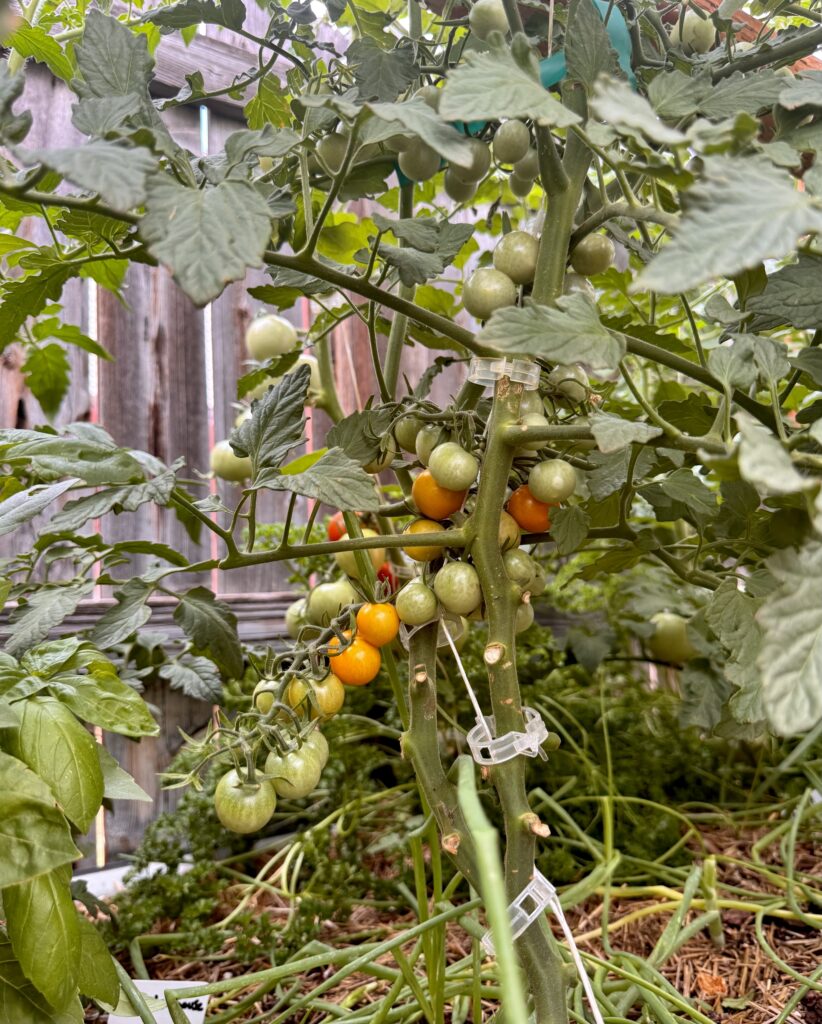

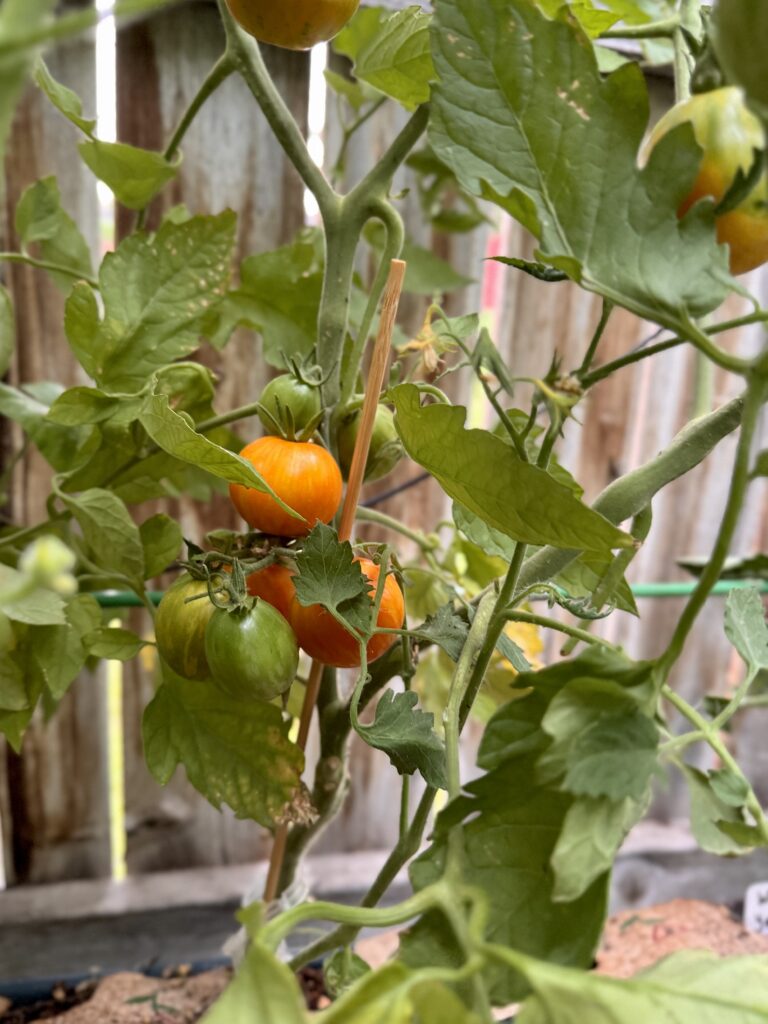
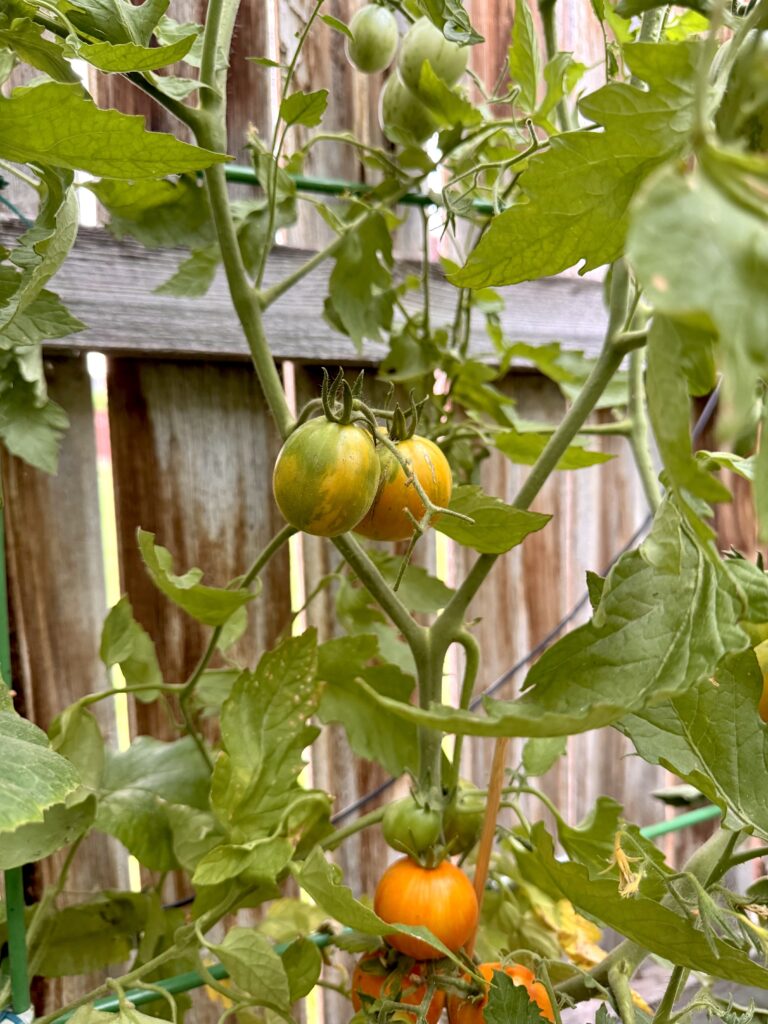
How Much Wind is Ideal to Pollinate Tomatoes?
Wind can help pollinate tomato flowers, but it depends on how much movement it causes. Tomato flowers need to vibrate in order to release pollen from the anthers so it can reach the stigma within the same flower.
For pollination to happen reliably, a light to moderate breeze is usually enough. That typically means wind speeds around 3 to 9 miles per hour (5 to 15 kilometers per hour), just enough to gently shake the flower clusters.
If your tomato plants sway slightly in the breeze or if blossoms are visibly moving, the conditions are probably favorable. But if the air is completely still, natural pollination might not be enough on its own.
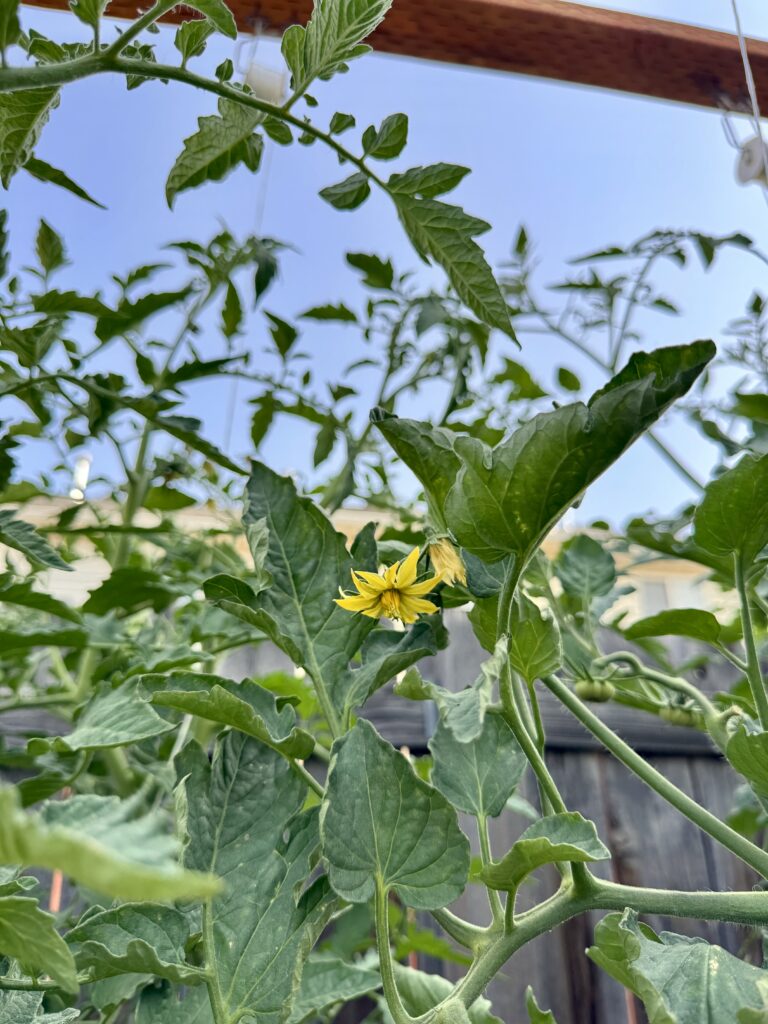
How Long Do Tomato Flowers Need to Move?
Tomato flowers need to vibrate for at least 10 to 15 seconds total on a given day to achieve pollination. This doesn’t have to happen all at once – even a few brief gusts spread throughout the day can work.
Each tomato flower remains open and viable for about 1 to 3 days. If no movement happens in that window, the flower may drop without forming fruit. This is why daily, consistent airflow during flowering makes a big difference!
Factors That Affect Wind Pollination:
- Humidity: High humidity causes pollen to clump, making pollination less likely. Dry air helps it move freely.
- Plant Spacing: Crowded beds block airflow. Proper spacing helps wind reach more flowers.
- Timing: Late morning to early afternoon is ideal, when flowers are fully open and conditions are dry.
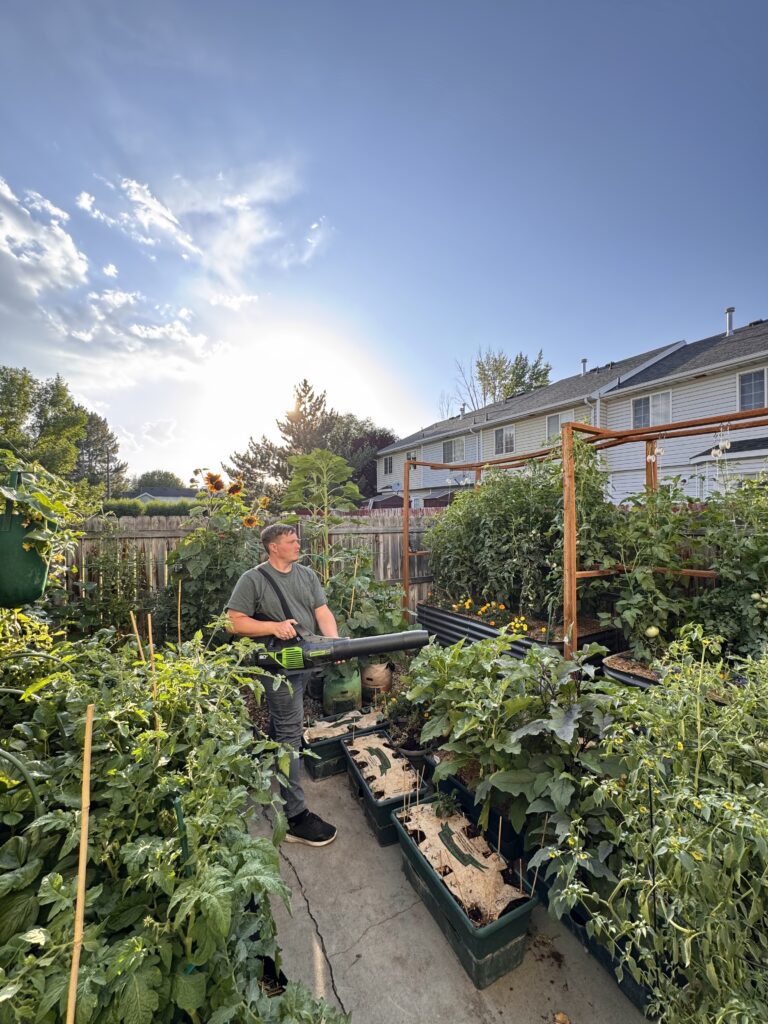
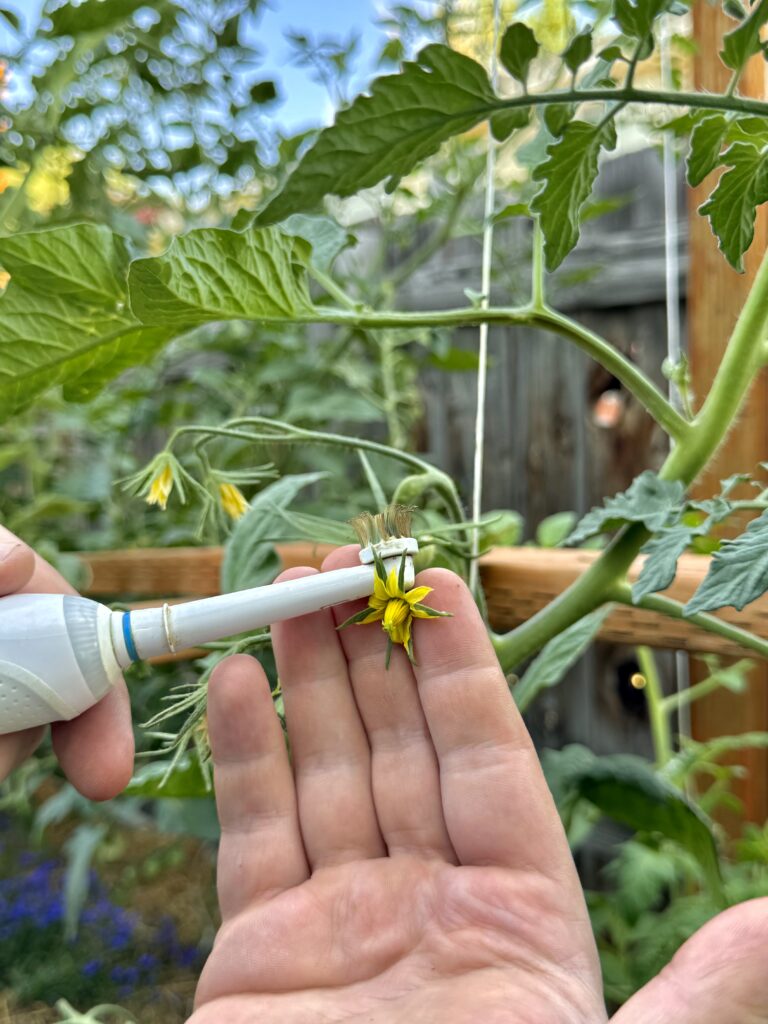
Simulating Wind to Encourage Tomato Pollination
If you want to increase your tomatoes’ chances of pollinating, gently simulating wind can help trigger pollination and lead to a better harvest. Here’s a few tools or methods to do so, and I’ll talk more about each of them below:
- Oscillating Fan
- Leaf Blower
- Electric Toothbrush
Oscillating Fan
In greenhouses, where there’s no natural breeze, many growers use oscillating fans to replicate it. The goal isn’t to blast the plants with air but to gently move the flower clusters so pollen can fall onto the stigma. Oscillating fans are better than fixed fans because they spread airflow more evenly.
Most greenhouse growers run fans for a few hours per day during flowering, often with timers to avoid over-drying the plants. Some also combine fan use with manual vibration (such as shaking stems by hand or using a handheld tool) to increase fruit set even further.
| Pros | Cons |
|---|---|
| Mimics natural wind to encourage self-pollination | Can dry out plants if left on too long |
| Hands-free and low effort | Less effective in very dense foliage |
| Ideal for indoor setups or greenhouses | Requires power source and placement adjustment |
Leaf Blower
Set your leaf blower to its lowest setting and stand a few feet away from the plants. Sweep the airflow across the flower clusters in short bursts, just enough to make them move like they would in a breeze.
Just like with natural wind, aim to move each flower cluster for at least 10 to 15 seconds total. You can do this every few days during peak bloom. It’s fast, easy, and great for large gardens where hand pollination would be too time-consuming. Just make to avoid using high settings or getting too close! You don’t want to damage flowers or stress the plant.
| Pros | Cons |
|---|---|
| Very fast | Less precise |
| Covers large areas | Potential to damage flowers if used improperly |
| Great for outdoor gardens with many plants |
Electric Toothbrush
This technique uses a vibrating toothbrush to mimic the buzz of a bumblebee – one of the most effective ways to release pollen.
| Pros | Cons |
|---|---|
| Highly effective and accurate | Slow and labor-intensive |
| Mimics natural buzz pollination | Not ideal for large numbers of plants |
| Great for greenhouses or small gardens |
To read more about this method (which also happens to be my personal favorite), see my blog post below!
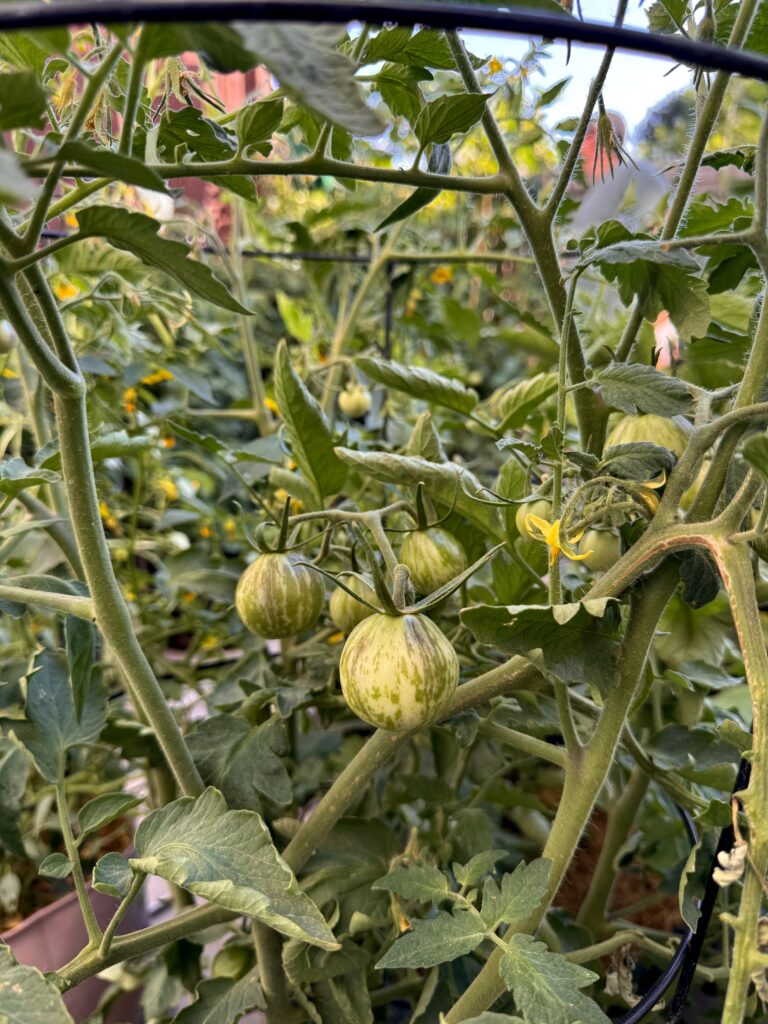
My Final Thoughts
Tomatoes don’t need bees to set fruit, but they do need movement to make pollination happen. Whether it’s a natural breeze, a fan in your greenhouse, a gentle pass with a leaf blower, or a quick buzz from a toothbrush – the goal is the same: get those flowers vibrating.
If your garden gets regular wind that moves the flower clusters for at least 10 – 15 seconds each day, you may not need to do anything extra. But if conditions are calm or you want to boost your yields, using one of these methods can really help.
Thanks for reading along, guys! If you enjoyed this blog post, check out my other gardening blog posts:
- How to Start a Garden on a Budget for Under $100
- Essential and Nice-to-Have Garden Products for Your Perfect Setup
- My Garden Setup: 3 Best Garden Containers for Every Gardener
- Understanding Garden Light and Shade: A Simple Guide
- How to Build a Homemade Trellis Using Cattle Panel
Follow me on social media for daily content and instructional videos about gardening!





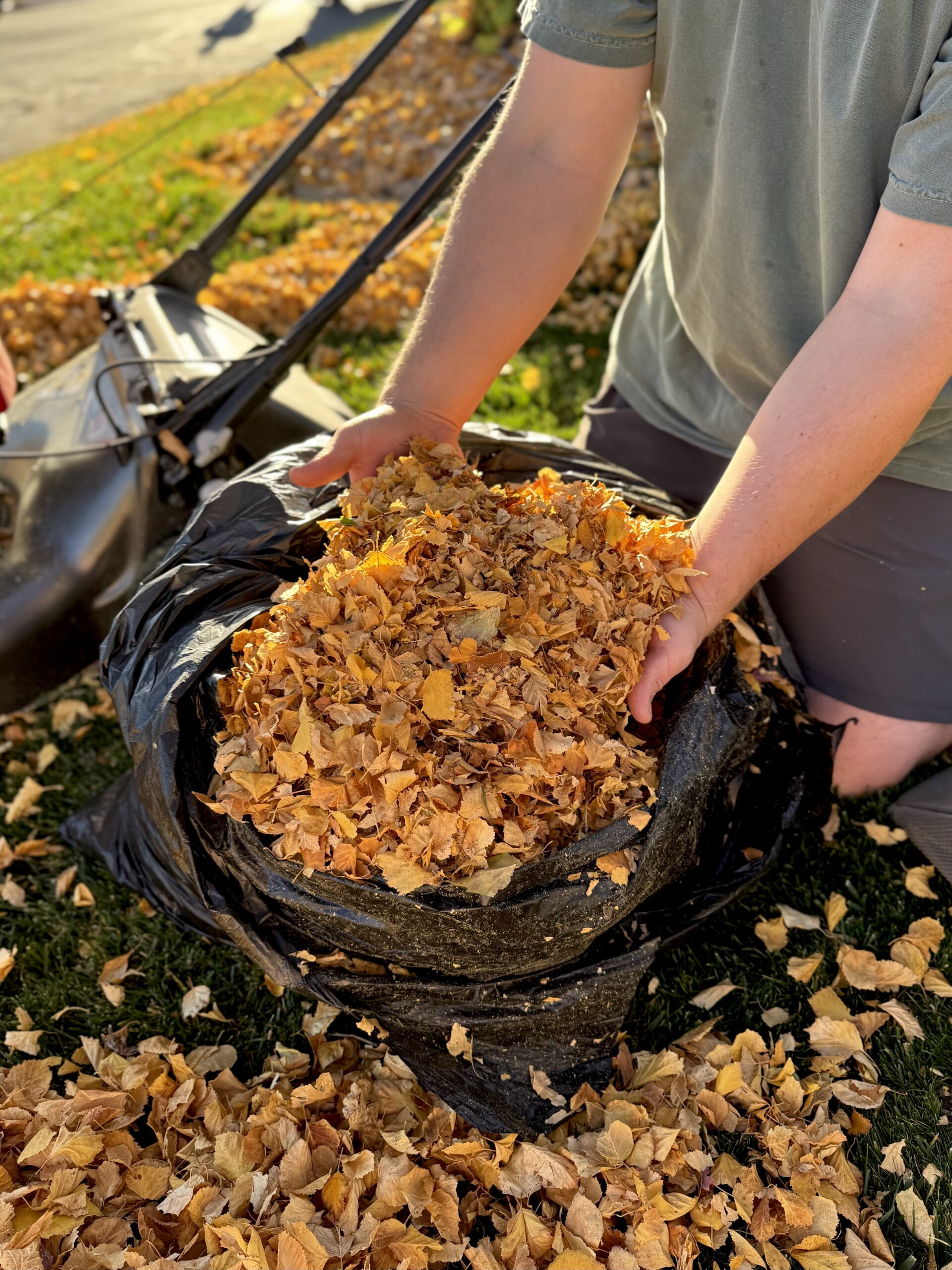
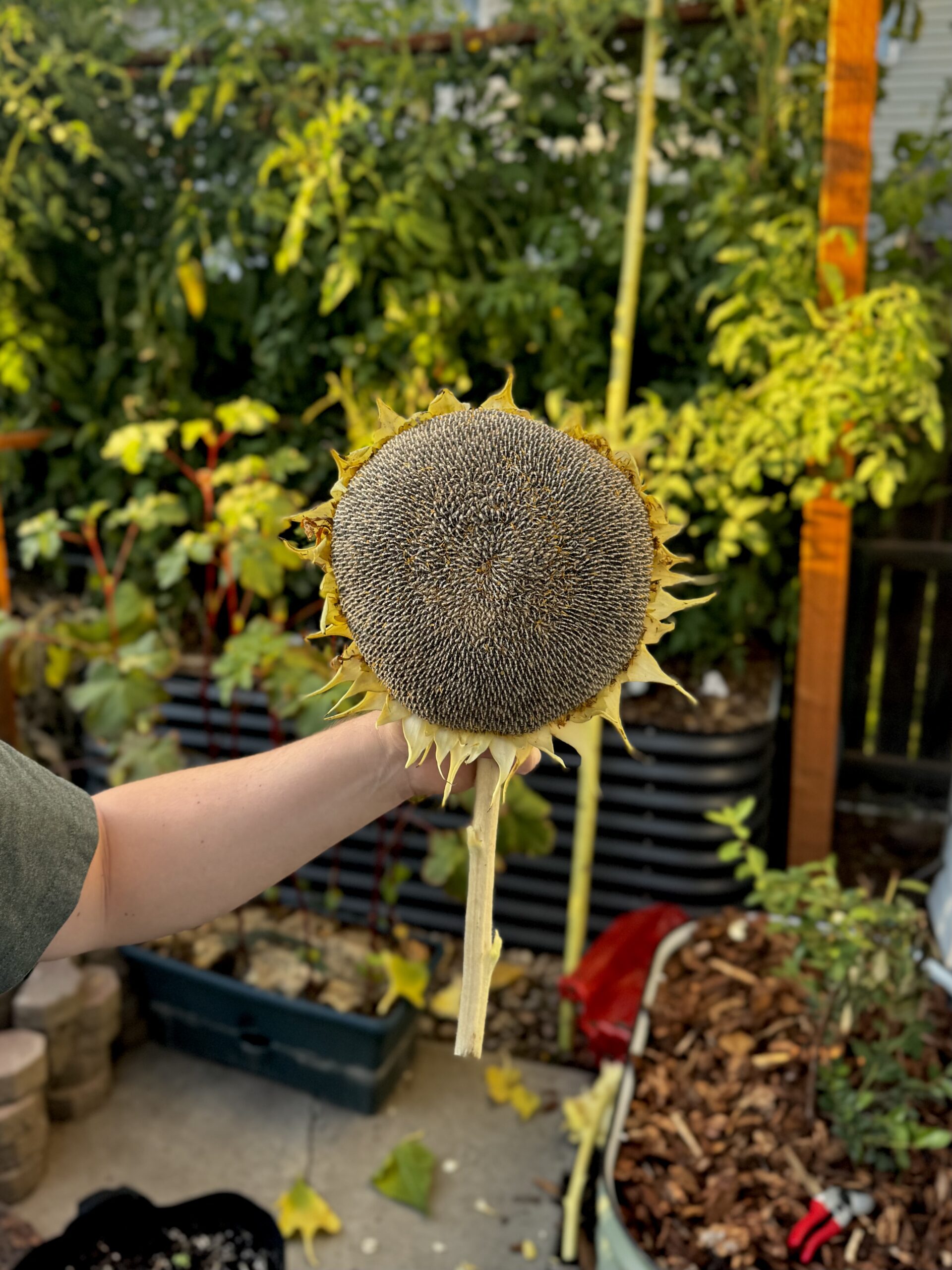

0 Comments